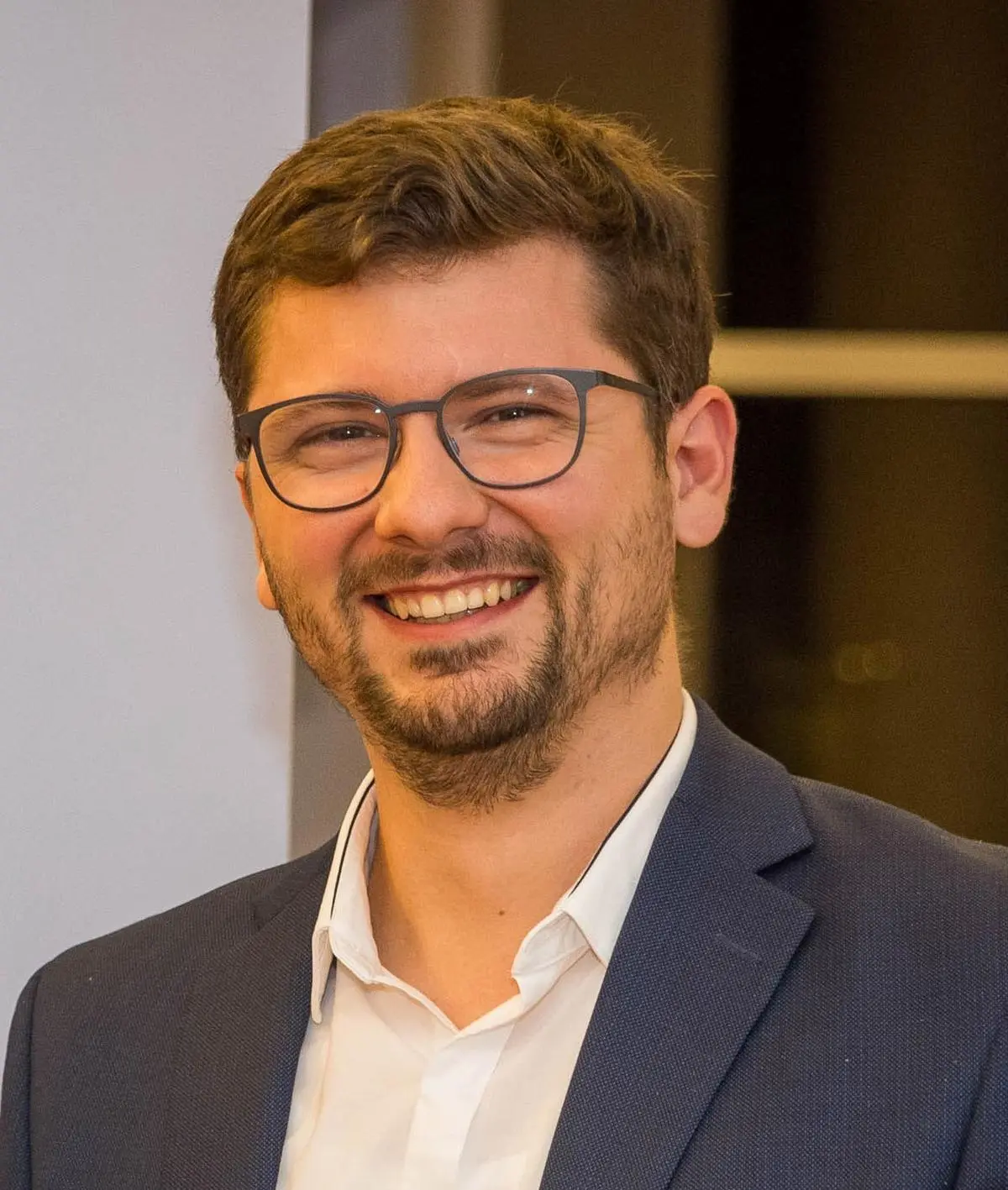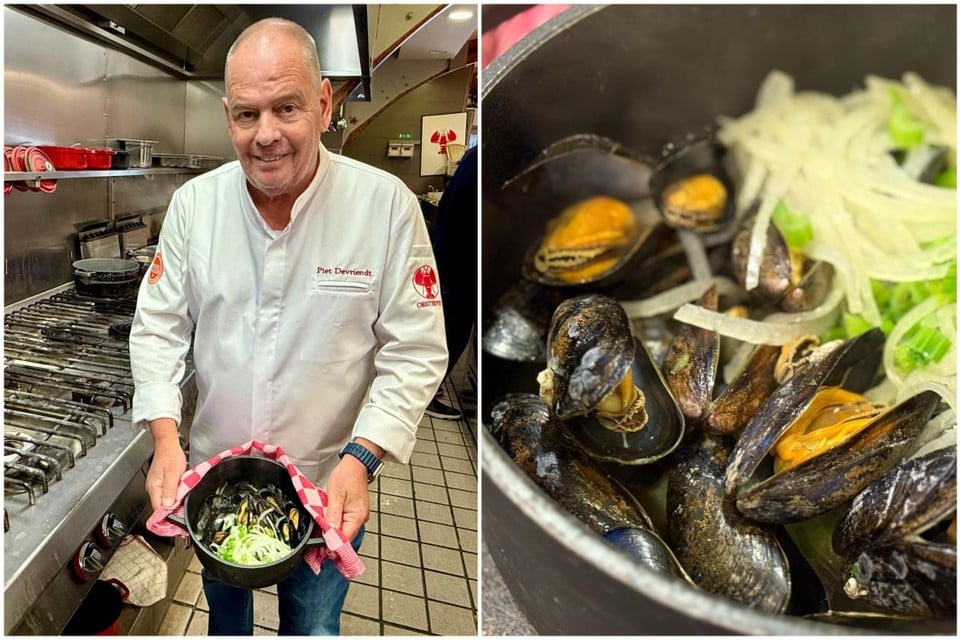Theresa Traore Dahlberg exhibits at Carl Eldh this summer

A yellowed little leaf spins across. It spins and spins, caught in the same place in the middle of the air under a roof of green leaves and apples. No thread and no bracket is marked in either the tree or the leaf – it spins there, but at a swirling intervals.
Theresa Traore Dahlberg shows the video with the leaf on her mobile, she is filmed.
– For me, this exhibition is in some way that particular space – the yellow leaf that has left the branch but which is still highly present and alive. There is something in that space that I hope that visitors can be welcomed into.
Since 2013, has Carl Eldh’s studio museum every summer invited a female artist to exhibit in the museum’s permanent collections. Behind this year’s exhibition « Hidden fairy tales » stands the artist and filmmaker Theresa Traore Dahlberg, whose material varies between bronze, copper, glass, metal, color and cotton.
We stand on the loggia at the museum, she points to a huge rhododendron next to it.
– When the heat comes, it becomes completely purple. I have seen pictures of what it looked like when Brita and Elise lived here, then it was just a small bush.
Brita and Elise Eldh Is Carl Eldh’s daughter and wife. This summer, visitors for the first time will be able to take part in moving material created by mom and daughter Eldh, who filmed each other in the garden both here at the studio above Brunnsviken and in Los Angeles where they lived for 30 years. In the films, they act against funds of greenery, often dressed in creations that match the surroundings. They seem to play, the feeling is dreamy and sometimes suggestive, with winding snakes and barren landscapes playing against their garden dances.
In the garden around the museum there are plants such as mother and daughter brought here from the United States, but the day we meet, the distance to Los Angeles feels a long way. It is a raw cold joke for spring day, but the garden is beautiful anyway, and this is where Theresa Traore Dahlberg’s thoughts have taken off. Since the filmed archive material was only now digitized, she is also the first artist who has had to bring it into the process.
– It’s almost a hundred -year -old thirty second clips with dreamy sections and an obvious thought behind every scene. They made me think of my mom which is my first entrance to everything that has to do with garden. She is an agronomist and no matter what country we have lived in, she has been digging in a garden. Artist Gunvor Nelson’s short film « My Name is Oona » and the documentary « Gray Gardens » also appeared in the idea.

Both the garden and the game Available in different ways also in Theresa Traore Dahlberg’s own work.
– Through art, I explore fears, fantasies, thoughts and situations. In the garden you care for and create certain rules, but there is much that you do not control both below and above the earth. It is a coexistence, everything changes but nothing disappears. It goes like a thread through my work.
During the exhibition, the archive films are shown in parallel with one of Theresa Traore Dahlberg’s own films, where her father and one son are on the island of Alvaret. The place was during growing up as her own garden and the film began from a desire to get the child and the parent to meet and get to know each other.
– Dad is from Burkina Faso and speaks limited Swedish, and Osvald spoke only a little French. Dad was 70 years old and I was 7 years old and I hoped that they would reach each other via the game. In the film, they are based on a common assignment completely without words.

Burkina Faso is tied Also into the exhibition through two huge sculpted seed capsules whose original was picked there by her son Osvald. They are usually used as instruments, and are now on an inflated scale as white stems in the studio garden and invite to the fairy tale world.
In a room with windows facing the garden, a large hanging installation with cotton wire sink will take place. We talk about the catalog published in connection with the exhibition, with texts by five female poets, writers and researchers. Anna Enström writes there about the inherent pain of the cotton wire; The legacy of women’s oppression and the violent plantation work of slavery. The cotton Theresa Traore Dahlberg uses has been spun by women in Burkina Faso accused of witchcraft, they have been excluded from their communities but have become self -sufficient through their activities.
Just as the cotton also carries the bronze on material memories from melted old cartridges, household items and pipe components. In one place, six bronze birds are in rows of three aimed at each other with the beaks stretched in different directions. « … Ling » they are called, inspired by the word « Fredgeling », which describes the condition when a bird is hatched but is not yet flight ready. Theresa Traore Dahlberg explains that as much as birds, they can be sprouts that shoot out of the earth.
– Regardless, there is an openness and curiosity in their state.

Another bronze bird stands with his long beak rooted in the ground and the wings knocked out as on a butterfly.
– It carries both sadness and wisdom, attached downwards but connected upwards. In several myths, the bird is messenger, flies freely between heaven and earth. It is like the spinning leaves: anchored in both directions and alive in its own way.
In the windows, works in glass are inspiring from fairy tale motifs, and between the outstretched legs of a sitting sculpture extends two slim bronze bars. It’s a big format, she made them after her youngest son Alexis started gathering this summer. The playfulness and tenderness go hand in hand and she points to some of Carl Eldh’s sculptures that she also thinks shows tangible heat, fragile conditions and displaced emotions.
A small room To the left of the entrance is called the Rotundan and carries tracks from the time when the Eldh family lived here. In the middle of the floor is a large roulette -like installation with copper plates made of residual materials from factories that made circuit boards and different types of technology. In the direction, it looks to float a bit above the ground.

The recycled material will be found later this summer at the Helsinki National, where Theresa Traore Dahlberg also exhibits. Here she has used old radio cards from factories and recycling stations in the Helsinki area.
– The discarded, processed materials, myths and animals – here in the form of an abstract bird installation that extends to the ceiling – is also included in the biennial. It follows my recurring thought that nothing disappears. It just changes, to new forms and new stories.
Read more:
Malin Gabriella Nordin paints 4,000 square meters in the Sergelarkad
Now the taverns are investing in art – « We run on the one percent rule »








